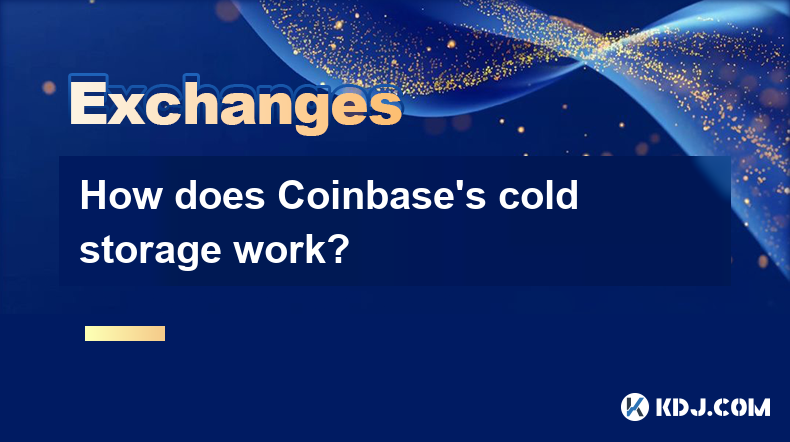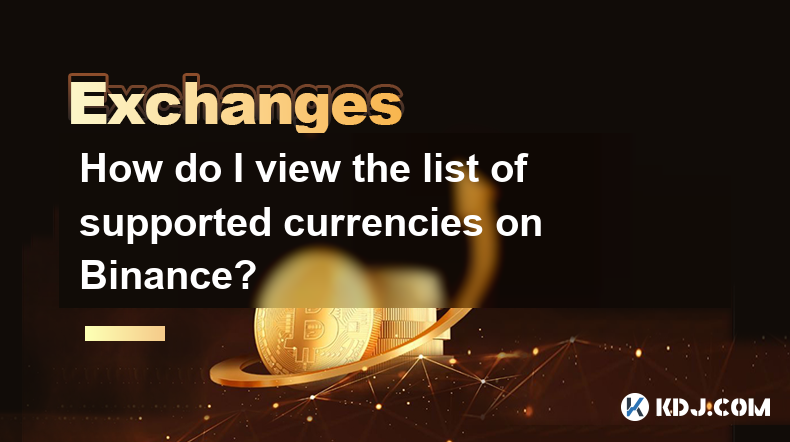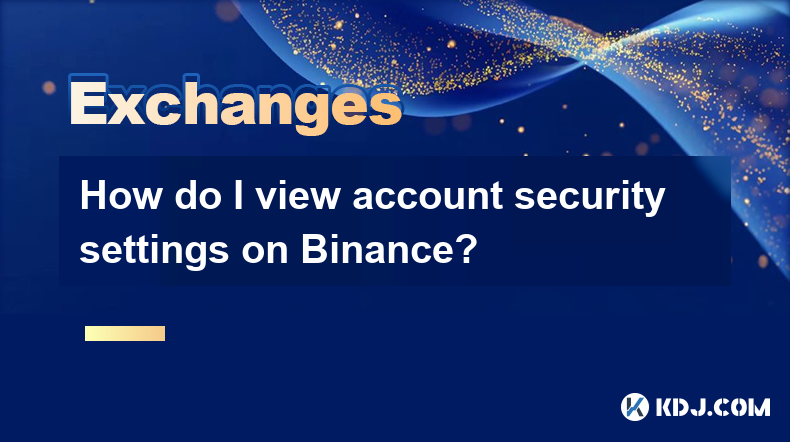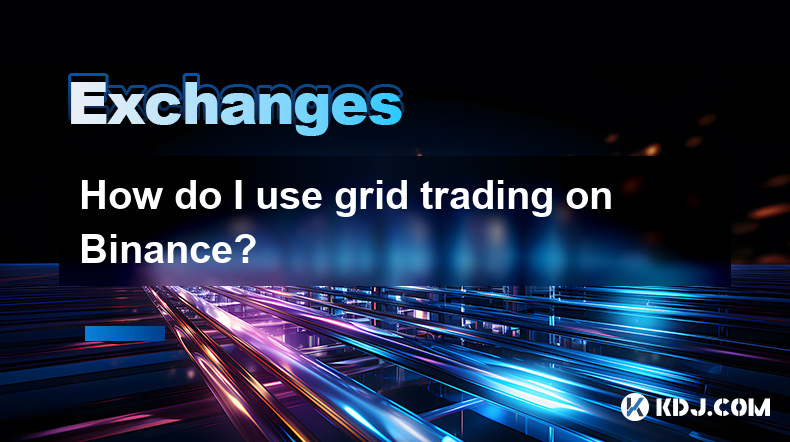-
 Bitcoin
Bitcoin $90,768.7638
3.12% -
 Ethereum
Ethereum $1,694.6810
4.36% -
 Tether USDt
Tether USDt $1.0007
0.04% -
 XRP
XRP $2.1477
1.67% -
 BNB
BNB $610.2681
1.01% -
 Solana
Solana $145.1164
4.77% -
 USDC
USDC $0.9999
-0.01% -
 Dogecoin
Dogecoin $0.1711
6.33% -
 TRON
TRON $0.2465
1.13% -
 Cardano
Cardano $0.6542
3.11% -
 Chainlink
Chainlink $13.8160
3.42% -
 Avalanche
Avalanche $21.7042
5.12% -
 UNUS SED LEO
UNUS SED LEO $8.9784
-1.69% -
 Stellar
Stellar $0.2575
-0.17% -
 Sui
Sui $2.3973
6.89% -
 Shiba Inu
Shiba Inu $0.0...01299
3.42% -
 Hedera
Hedera $0.1763
3.37% -
 Toncoin
Toncoin $2.9676
-0.41% -
 Bitcoin Cash
Bitcoin Cash $359.7154
4.17% -
 Litecoin
Litecoin $82.4828
3.44% -
 Hyperliquid
Hyperliquid $18.4002
2.22% -
 Polkadot
Polkadot $3.8756
-0.35% -
 Dai
Dai $1.0000
0.01% -
 Bitget Token
Bitget Token $4.4973
0.74% -
 Ethena USDe
Ethena USDe $0.9997
0.03% -
 Pi
Pi $0.6374
0.18% -
 Monero
Monero $219.2679
2.44% -
 Pepe
Pepe $0.0...08404
6.38% -
 Uniswap
Uniswap $5.5798
2.95% -
 Aptos
Aptos $5.0875
0.19%
How does Coinbase's cold storage work?
Coinbase secures user crypto assets primarily through offline cold storage, employing multi-signature technology, hardware security modules (HSMs), and regular audits. While specific details remain confidential, this layered approach significantly reduces the risk of theft.
Mar 07, 2025 at 06:06 am

Key Points:
- Coinbase utilizes a multi-layered security approach for its cold storage, prioritizing offline storage to minimize risks associated with online vulnerabilities.
- The process involves multiple key-sharing and authorization protocols to ensure no single individual controls access to funds.
- Regular audits and security reviews are conducted to maintain the integrity and security of the cold storage system.
- Coinbase's cold storage system isn't publicly detailed to prevent potential attackers from exploiting vulnerabilities. Specific technical implementations remain undisclosed.
- Understanding the inherent risks associated with any cryptocurrency exchange, including the possibility of theft or loss, is crucial.
How does Coinbase's cold storage work? Coinbase, like other major cryptocurrency exchanges, employs cold storage as a crucial part of its security infrastructure. This involves storing the vast majority of its users' crypto assets offline, significantly reducing the risk of hacking compared to hot wallets constantly connected to the internet. The precise technical details of Coinbase's cold storage remain confidential for security reasons, but we can outline the general principles involved.
The system relies heavily on multi-signature technology. This means that multiple parties must authorize any transaction before it can be executed. This eliminates the single point of failure inherent in systems where a single key controls all access. Even if one key is compromised, the transaction cannot be completed without the cooperation of other parties holding the remaining keys.
Coinbase uses hardware security modules (HSMs) for securing private keys. These are specialized physical devices designed to protect cryptographic keys from unauthorized access. They are tamper-resistant and offer a significantly higher level of security compared to software-based key management systems. These HSMs are likely located in physically secure, geographically dispersed data centers.
The process of moving cryptocurrencies between cold and hot wallets for transactions is tightly controlled. This typically involves a multi-step verification process that may include multiple layers of authorization and checks to ensure the integrity of the transaction. This meticulous process minimizes the window of vulnerability when assets are temporarily online.
Regular security audits are a fundamental component of Coinbase’s cold storage strategy. Independent security firms periodically review the system's security protocols and infrastructure to identify and address potential vulnerabilities. These audits provide assurance to users and regulators that the platform maintains a high standard of security.
While Coinbase’s commitment to security is evident, it's important to acknowledge the inherent risks involved in any cryptocurrency exchange. No system is completely impenetrable, and despite rigorous security measures, the possibility of sophisticated attacks or unforeseen vulnerabilities always exists. Coinbase’s transparency regarding its security measures is balanced by the need to protect its infrastructure from malicious actors.
The specific types of HSMs used, the exact multi-signature protocols implemented, and the precise geographical distribution of the cold storage facilities remain undisclosed. This secrecy is a deliberate security measure to prevent potential attackers from exploiting any publicly available information. This lack of detailed public information is a common practice among major cryptocurrency exchanges for security reasons.
The complexity of the system is designed to make theft extremely difficult. The decentralized nature of the key management and the reliance on multiple layers of verification significantly increase the barrier to entry for potential attackers. This layered approach ensures that compromising the system would require multiple successful breaches, making the endeavor highly improbable and extremely costly for potential attackers.
Coinbase's commitment to security extends beyond just cold storage. They also employ other security measures such as two-factor authentication (2FA), advanced fraud detection systems, and regular security updates to their platforms. These complementary measures bolster the overall security posture of the exchange and aim to minimize all potential risks. These combined approaches represent a comprehensive strategy to protect user assets.
While the details of Coinbase's cold storage remain largely undisclosed for security reasons, the general principles outlined above highlight their commitment to safeguarding user funds. The combination of offline storage, multi-signature technology, HSMs, regular audits, and a multi-layered security approach demonstrates a significant investment in security.
Frequently Asked Questions:
Q: Is Coinbase's cold storage completely secure?
A: No system is entirely impenetrable. While Coinbase employs robust security measures, including cold storage, the possibility of sophisticated attacks or unforeseen vulnerabilities always exists. The goal is to minimize risk, not eliminate it entirely.
Q: What happens if Coinbase is hacked?
A: While Coinbase has extensive security measures in place, a successful breach is theoretically possible. In such a scenario, Coinbase would likely prioritize notifying affected users and working to recover lost funds. Insurance and other contingency plans may be in place to mitigate losses.
Q: How can I verify that Coinbase uses cold storage?
A: Coinbase doesn't publicly disclose the granular details of its cold storage implementation for security reasons. However, their commitment to security is evidenced by their public statements, security audits, and overall industry reputation. Independent security audits provide some level of third-party verification.
Q: What is the difference between hot and cold storage?
A: Hot storage refers to wallets connected to the internet, allowing for faster transactions but increasing vulnerability to hacking. Cold storage involves storing cryptocurrencies offline, significantly reducing the risk of online attacks, albeit at the cost of slower transaction speeds.
Q: Does Coinbase insure my crypto assets in cold storage?
A: Coinbase's insurance policies are not publicly detailed. Information regarding insurance coverage is often considered confidential for security and competitive reasons. It's advisable to review Coinbase's terms of service for any relevant information.
Disclaimer:info@kdj.com
The information provided is not trading advice. kdj.com does not assume any responsibility for any investments made based on the information provided in this article. Cryptocurrencies are highly volatile and it is highly recommended that you invest with caution after thorough research!
If you believe that the content used on this website infringes your copyright, please contact us immediately (info@kdj.com) and we will delete it promptly.
- Dogecoin (DOGE) Consolidates Within a Symmetrical Triangle, Breakout or Decline on the Cards
- 2025-04-23 00:00:53
- BitGo Integrates sBTC, Expanding Institutional Participation in Decentralized Finance
- 2025-04-23 00:00:53
- Fartcoin (FARTCOIN) Price Prediction 2025-2030: Will FARTCOIN Price Hit $5 Soon?
- 2025-04-22 23:55:12
- Integral Ad Science Holding Corp (NASDAQ: IAS) closed at $6.38, down -2.15%
- 2025-04-22 23:55:12
- Dogecoin Faces Pressure as Elon Musk's Federal Role Nears an End
- 2025-04-22 23:50:12
- MANA Token Price Breaks Long-Term Resistance, Surging 18%
- 2025-04-22 23:50:12
Related knowledge

How do I contact customer service on Binance to resolve issues?
Mar 16,2025 at 04:30am
Key Points:Binance's customer service is primarily self-service, relying heavily on its help center and FAQs.Direct contact methods are limited, with email support being the most common route for non-urgent issues.Urgent issues may require using the in-app support system, though response times can vary.Understanding Binance's support structure and utili...

How do I view the latest announcements and events on Binance?
Mar 18,2025 at 10:18pm
Key Points:Binance utilizes multiple channels for disseminating announcements and events.The official Binance website is the primary source.Binance's social media platforms offer timely updates.Email subscriptions keep users informed about relevant announcements.Third-party aggregators can supplement official channels but require caution.How Do I View t...

How do I set up a subaccount on Binance?
Mar 14,2025 at 01:50pm
Key Points:Binance does not offer traditional "subaccounts" in the sense of separate accounts with independent logins under a master account.Instead, Binance offers features like user-defined labels for better portfolio management and API keys for automated trading. These provide functionality similar to subaccounts.Setting up these features involves na...

How do I view the list of supported currencies on Binance?
Mar 15,2025 at 05:35am
Key Points:Binance supports a vast and frequently updated list of cryptocurrencies. There's no single, static list.Finding supported currencies requires navigating Binance's website or app interfaces.Different sections of the exchange show different subsets of supported currencies (e.g., trading, staking, etc.).The availability of specific cryptocurrenc...

How do I view account security settings on Binance?
Mar 15,2025 at 08:40pm
Key Points:Binance's security settings are spread across multiple sections of your account. This article will guide you through each crucial area.Understanding and implementing these settings is paramount to protecting your cryptocurrency assets.We'll cover two-factor authentication (2FA), withdrawal whitelists, and other essential security features.Reg...

How do I use grid trading on Binance?
Mar 14,2025 at 04:25pm
Key Points:Grid trading on Binance involves automatically buying low and selling high within a defined price range.Binance offers a built-in grid trading bot, simplifying the process.Setting up a grid bot requires defining parameters like price range, grid quantity, and investment amount.Risk management is crucial, as losses are possible despite the aut...

How do I contact customer service on Binance to resolve issues?
Mar 16,2025 at 04:30am
Key Points:Binance's customer service is primarily self-service, relying heavily on its help center and FAQs.Direct contact methods are limited, with email support being the most common route for non-urgent issues.Urgent issues may require using the in-app support system, though response times can vary.Understanding Binance's support structure and utili...

How do I view the latest announcements and events on Binance?
Mar 18,2025 at 10:18pm
Key Points:Binance utilizes multiple channels for disseminating announcements and events.The official Binance website is the primary source.Binance's social media platforms offer timely updates.Email subscriptions keep users informed about relevant announcements.Third-party aggregators can supplement official channels but require caution.How Do I View t...

How do I set up a subaccount on Binance?
Mar 14,2025 at 01:50pm
Key Points:Binance does not offer traditional "subaccounts" in the sense of separate accounts with independent logins under a master account.Instead, Binance offers features like user-defined labels for better portfolio management and API keys for automated trading. These provide functionality similar to subaccounts.Setting up these features involves na...

How do I view the list of supported currencies on Binance?
Mar 15,2025 at 05:35am
Key Points:Binance supports a vast and frequently updated list of cryptocurrencies. There's no single, static list.Finding supported currencies requires navigating Binance's website or app interfaces.Different sections of the exchange show different subsets of supported currencies (e.g., trading, staking, etc.).The availability of specific cryptocurrenc...

How do I view account security settings on Binance?
Mar 15,2025 at 08:40pm
Key Points:Binance's security settings are spread across multiple sections of your account. This article will guide you through each crucial area.Understanding and implementing these settings is paramount to protecting your cryptocurrency assets.We'll cover two-factor authentication (2FA), withdrawal whitelists, and other essential security features.Reg...

How do I use grid trading on Binance?
Mar 14,2025 at 04:25pm
Key Points:Grid trading on Binance involves automatically buying low and selling high within a defined price range.Binance offers a built-in grid trading bot, simplifying the process.Setting up a grid bot requires defining parameters like price range, grid quantity, and investment amount.Risk management is crucial, as losses are possible despite the aut...
See all articles























































































